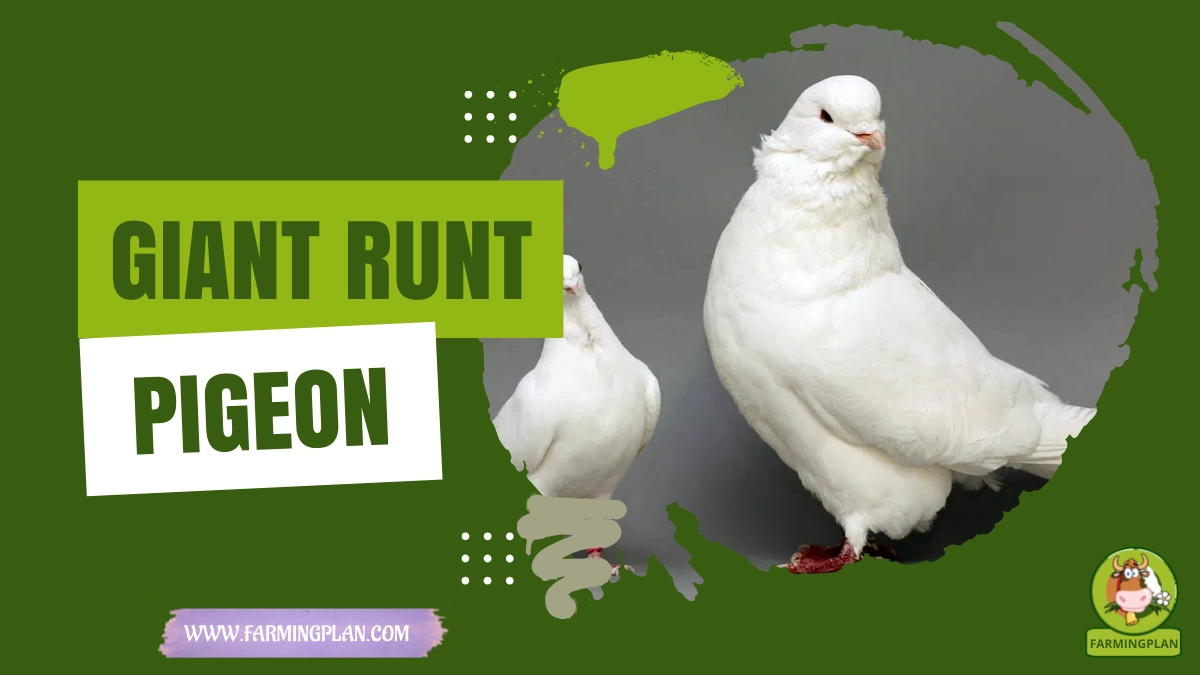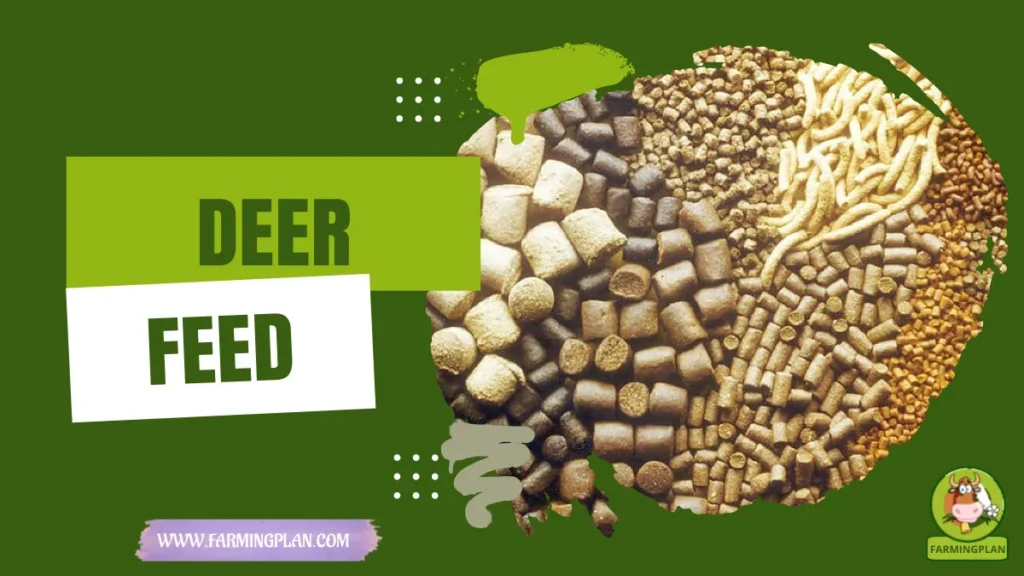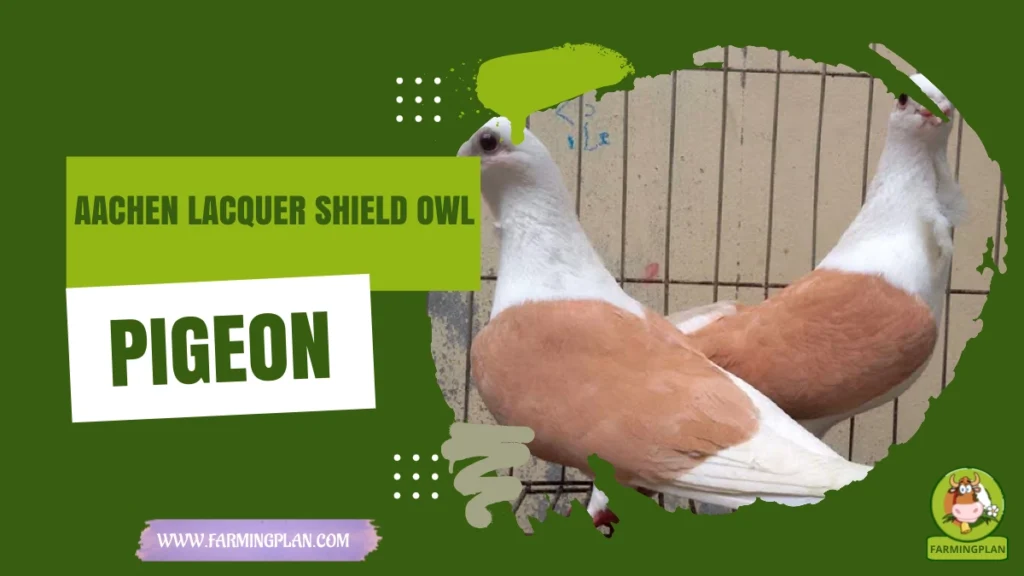The Giant Runt Pigeon is one of the largest and most impressive domestic pigeon breeds in the world. Known for its massive size, sturdy build, and calm personality, this bird stands out in any coop or aviary. Whether you’re a farmer, a hobbyist, or just a curious bird lover, giant runts offer something truly special. These extra-large utility birds were developed for both beauty and purpose, making them a favorite among Pigeon People and breeders. If you’re thinking about raising a runt pigeon, this guide will help you understand everything from their history and body type to diet, health care, and even where to find a healthy pair of birds.

History and Origin of the Giant Runt
The Giant Runt Pigeon has deep roots in American breeding history. It was developed in the United States by combining several large pigeon breeds to create a strong, heavy-bodied bird with a calm nature. Breeders focused on creating a bird with utility type, ideal for meat production and showing. The name “runt” comes from old English pigeon terminology. It was used to describe large, powerful pigeons with solid bone structure. Over time, the American Giant Runt was refined into a true heritage pigeon breed, recognized for its size and typed bird features.

In the past, farmers and breeders valued these birds for their body size and dependable nature. They were often listed in the book of pigeon breeds as one of the most productive utility birds. Today, they remain a popular choice for both serious breeders and backyard hobbyists. The giant runt was bred not just for strength but also for style. Its shape, weight, and calm behavior made it stand out among ancient pigeons and modern domestic types alike. This bird’s development marks an important chapter in the history of domesticated pigeons.
Reads More: Crested Duck Charm: Raise Happy, Healthy Feathered Friends
Unique Characteristics of Giant Runt Pigeons
The Giant Runt Pigeon is famous for its sheer size and strong build. It’s one of the largest pigeons you can raise. A healthy adult usually weighs between 3 to 5 pounds, which is much more than the average pigeon. This bird is thick, muscular, and has a broad chest. Its body feels firm and heavy in your hands, showing off its utility type. This breed comes in many colors, including soft Blues, whites, grays, and browns. Some birds may have slight color imperfections, but that doesn’t affect their health or strength. Breeders can make a choice on color based on personal preference.
The body size is not the only thing that matters. The typed bird must have a compact body, strong bones, and a balanced shape. Poorly bred birds often show an inferior type, which makes them less helpful in breeding or showing. A well-typed bodied bird will stand tall, have a smooth feather coat, and show alertness. Because of their large frames, giant runts do not fly well. Most stay on the ground and prefer walking. They are strong, quiet, and easy to manage, which makes them ideal for people who want a flightless pigeon with good looks and solid structure.
Gentle Nature and Calm Temperament
The Giant Runt Pigeon is known for its calm and gentle nature. These birds are easy to handle, which makes them perfect for beginners, hobbyists, and families. Unlike some breeds of pigeons that can be nervous or flighty, giant runts stay relaxed and friendly around people. They are very social birds. When kept in a pigeon aviary, they enjoy being around other pigeons and often form strong bonds with their mates. A bonded pair of birds will usually stay close, share nesting space, and raise chicks together.
These domestic pigeons do not scare easily. Their large size gives them confidence, and their quiet behavior makes them easy to manage. Because they are not strong flyers, they tend to stay where they are placed, which is helpful for people with limited space. Many breeders say giant runts have a loyal personality. They recognize their caretakers and respond well to regular feeding times. This makes them enjoyable pets as well as good utility birds. Whether you raise them for show, meat, or companionship, their kind personality makes them a great addition to any bird-loving home.
Tip: “Handle your giant runts gently each day—this builds trust and keeps them calm in your hands.”
Best Food and Diet for Giant Runt Pigeons
Feeding your Giant Runt Pigeon the right food is key to keeping it healthy and strong. Because these birds are large and heavy, they need a diet that supports their body size and energy levels. A balanced mix of grains, seeds, and fresh greens works best. Start with a high-quality pigeon feed that includes corn, wheat, peas, and millet. This mix gives them the protein and fiber they need to grow strong muscles and maintain a compact bird shape. You can also offer sunflower seeds as a treat, but only in small amounts to avoid weight gain.

Fresh water must always be available. Change it daily to keep it clean. You can also add a few drops of vitamins or apple cider vinegar once a week to boost their immune system. Some owners give grit or crushed oyster shells to help with digestion. This is important for moulting pigeons, as it allows them to grow healthy feathers and stay active.
Avoid feeding your runt pigeon bread, sugary snacks, or spoiled food. These items can cause digestive problems or make your bird sick. Young 3–18 month old birds need more protein to support fast growth. During this stage, feeding them chick starter or breeder pellets is a smart choice. Feeding your pigeons at the same time each day helps build a routine they enjoy. They’ll often wait at the same spot in the coop, ready for their meal!
What Giant Runt Pigeons Are Used For
The Giant Runt Pigeon is one of the best utility birds you can raise. It was developed mainly for meat production, but it also shines in shows and as a pet. Its large body, strong bones, and calm nature make it a favourite in the world of domestic pigeons. Many farmers raise giant runts as an excellent utility pigeon because of their weight. These birds grow fast and can reach 3–5 pounds, which is much more than the average pigeon. This makes them useful in pound weight meat production, especially where large-bodied birds are in demand.
Breeders also show typed birds in pigeon competitions. Judges look for solid body type, clean feathers, and strong posture. A well-raised giant runt with the right shape and color can win awards at local and national shows. Besides their practical uses, these birds are often kept as pets. Their peaceful nature and flightless pigeon habits make them great for pigeon aviaries or backyard coops. They do well in small flocks or as a bonded pair of king pigeons.
Some hobbyists even keep them as part of their heritage pigeon breeds collection. These birds carry a legacy of American breeding, and owning them connects people with a rich history in the world of breeds of pigeons. Whether you’re a farmer, a breeder, or a bird lover, giant runts offer value, charm, and reliability.
“Great Giants Are Made With Care And Patience — Treat Your Giant Runt Pigeons Like Royalty For Best Results!”
Special Features of the Giant Runt Pigeon
The Giant Runt Pigeon stands out from other breeds of pigeons thanks to its many special features. Its giant size is the first thing most people notice. This bird easily outweighs the average pigeon, often reaching up to 5 pounds. That makes it one of the largest pigeons in the world. Its body type is another key trait. A well-bred, typed bird will have a thick chest, solid frame, and smooth feathering.
These traits give the giant runt a neat and powerful look. Breeders work hard to keep this perfect utility type, which is why poor examples are called sloppy birds or birds with very poor type. Color is also something special. These pigeons come in many shades, including soft Blues, whites, and pale grays. You may see some slight color imperfections, but that doesn’t affect their value for meat or show.
Another great feature is their calm personality. Unlike flighty birds, giant runts are steady and easy to handle. Their flightless pigeon nature means they rarely try to escape, making them perfect for small coops or backyard pens. Lastly, they grow quickly. In just a short time period, young birds can reach full size, making them a wise choice for farmers looking to raise fast-growing utility birds. These special traits make the Giant Runt Pigeon a favorite for anyone who wants a bird that is both beautiful and useful.
Reads More: Dairy Goat Breeds For Milk: Friendly And Productive Choices
Common Health Issues and How to Prevent Them
Like all domesticated pigeons, Giant Runt Pigeons can face specific health problems. Knowing what to watch for helps you keep your birds healthy and happy. One common issue is respiratory infections, which can make your pigeon sneeze, cough, or breathe heavily. Keeping the pigeon aviary clean and dry helps prevent these problems. Good ventilation is key.

Another concern is parasites, like mites and lice. These pests cause itching and feather damage, especially in molting pigeons. Regularly check your birds and treat them with safe pigeon-approved sprays or powders. Giant runts can also suffer from joint problems due to their large size. Giving them a clean, spacious area to move around reduces stress on their legs and feet.
Good nutrition plays a big role in prevention. Feeding a balanced diet supports their immune system and helps fight off diseases. Fresh water and vitamin supplements also keep them strong. If you notice signs like loss of appetite, droopy wings, or unusual droppings, act quickly. Consult a vet experienced with heritage pigeon breeds for advice and treatment. By staying alert and following basic care steps, you can prevent many common health issues and enjoy your healthy, strong giant runt pigeons.
Step-by-Step Care Guide for Giant Runt Pigeons
Raising Giant Runt Pigeons is easier when you follow clear steps. Here’s how to care for them from setup to daily routines:
- Prepare the Pigeon Aviary: Choose a clean, dry space with good airflow. Make sure it protects birds from wind and rain but lets in fresh air. Provide enough room for your giant runt pigeons to walk comfortably.
- Select Healthy Birds: Buy from trusted breeders selling giant runt pigeons for sale. Look for birds with a solid body type, smooth feathers, and alert eyes.
- Provide Proper Feeding: Offer a balanced diet of grains, seeds, and fresh water daily. Add grit or crushed oyster shells to help digestion, especially for young 3-18 month old birds.
- Maintain Cleanliness: Clean the aviary floor and feeders regularly. Remove droppings and replace bedding to prevent disease.
- Monitor Health: Check for signs of illness like sneezing or feather loss. Keep an eye on parasites and treat quickly if found.
- Provide Nesting Boxes: If breeding, give pairs a quiet spot with a nest box. These birds mate for life and prefer a calm environment.
- Handle Gently: Spend time gently holding your birds to build trust. This makes them easier to care for and less stressed.
- Regular Exercise: Let your pigeons walk and stretch daily. Their flightless pigeon nature means they won’t fly much but need room to move.
- Molting Care: During molting, provide extra nutrition and avoid stressing your birds. This helps them grow strong new feathers.
Following these steps will help your giant runt pigeons grow healthy, happy, and strong.
Expert Tips and Best Practices for Giant Runt Pigeons
Breeders and pigeon lovers often share useful advice to help you get the best from your Giant Runt Pigeon. Here are some expert tips:
- Focus on breeding typed birds with strong body type and clean feathering. This keeps the breed’s utility type traits sharp.
- Keep your pigeons on a consistent feeding schedule. They respond well to routine and show better growth.
- Avoid overcrowding your pigeon aviary. Giving each bird enough space prevents stress and health problems.
- Use clean water daily and consider adding vitamin supplements during molting or breeding seasons.
- Handle your birds gently but regularly to build trust. Calm pigeons are easier to care for and breed.
- Watch out for sloppy birds — those with poor structure or weak bones. Remove them from your breeding program to improve the flock.
- Join pigeon clubs or forums like Pigeon People to learn from experienced breeders and stay updated on best care methods.
- When selecting giant runt pigeons for sale, choose birds with excellent utility and a calm temperament.
These tips can help you raise healthy, beautiful, and well-typed giant runt pigeons for years to come.
Where to Buy Giant Runt Pigeons
Finding quality Giant Runt Pigeons for sale is key to starting your flock right. Trusted breeders and pigeon clubs offer the best birds with strong body type and healthy traits. You can look for runt pigeons for sale at local pigeon shows or bird fairs. These events often have experienced sellers who know the breed well. Buying from them ensures you get birds that meet breed standards.
Online platforms and websites dedicated to heritage pigeon breeds also list giant runts. Make sure to check reviews and ask for photos before purchasing. Reputable sellers provide detailed info about the birds’ lineage, size, and color. Many breeders specialise in American Giant Runt pigeons, offering both pets and utility birds.
Prices vary based on age, size, and quality, but expect to invest in well-bred birds for the best results. Joining pigeon forums or groups, like those by Pigeon People, helps connect you with sellers and gain advice on buying and caring for these extraordinary pigeons. Starting with the right pair of birds sets the foundation for a healthy and productive flock of giant runts.
FAQs
How big do Giant Runt Pigeons get?
Giant Runt Pigeons typically weigh between 3 and 5 pounds, making them one of the largest breeds of domestic pigeons.
Are Giant Runt Pigeons good pets?
Yes, they are calm and gentle, making them excellent pets for both beginners and experienced bird keepers.
What do Giant Runt Pigeons eat?
Their diet mainly consists of grains, seeds, fresh greens, and clean water, with occasional supplements like grit for digestion.
Where can I buy Giant Runt Pigeons?
You can find them at pigeon shows, bird fairs, and reputable online breeders specialising in heritage pigeon breeds.
Do Giant Runt Pigeons fly well?
They are mostly flightless due to their large size, but enjoy walking and stretching in spacious aviaries.
Conclusion
The Giant Runt Pigeon is a remarkable breed prized for its impressive size, calm nature, and utility as both a meat bird and a show pigeon. Its strong body type and quick growth make it a practical choice for farmers and pigeon enthusiasts alike. With proper feeding, regular care, and a clean living environment, these birds thrive and offer both beauty and function. Whether you want a unique pet or a reliable utility pigeon, the giant runt stands out as a top option among heritage pigeon breeds. Following expert tips and choosing birds from trusted sources ensures a successful and rewarding experience raising these gentle giants.


